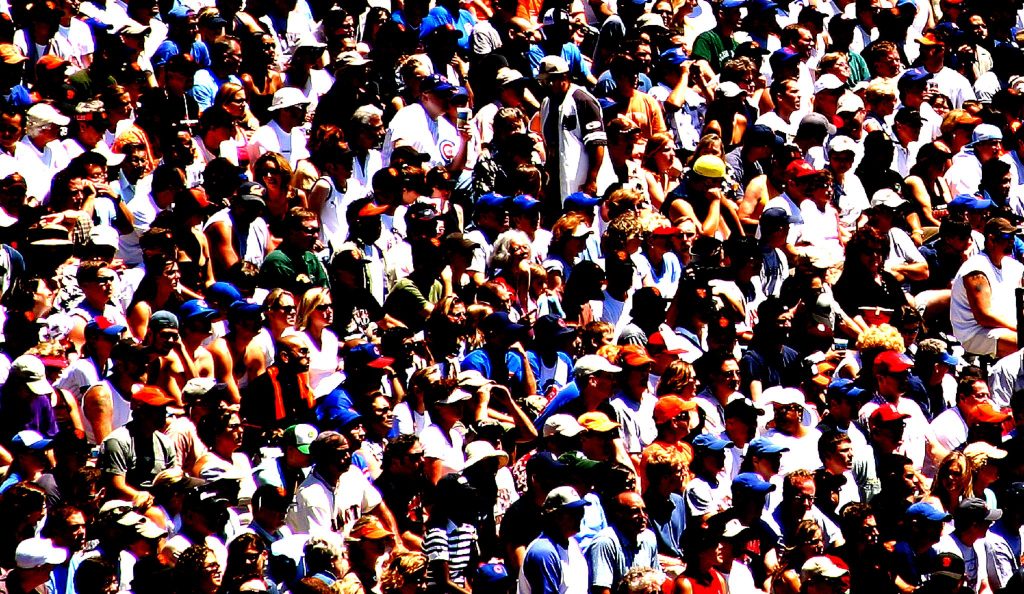Racial Realities
When I tell my students that there is no such thing as “race” (meaning biological race), I wait for the blowback. I know it is coming. “Well if there is no such thing as race,” one of them will say, “then why do we look different, like our skin color?” Or another will say, “If there is no such thing as race, then why do we continue to use the word and talk about it?” What they are asking me, most basically, is this: How can race not be real, but continue to have real consequences, every day, for all of us?
As I wrote in my last post, race doesn’t exist in nature; race is an idea invented by people. The concept that there are races—that humanity is divisible into distinctive groups that differ in origin and abilities—started about 600 years ago, during the same time period in which Europeans began exploring and colonizing the world. They encountered people in their travels that looked very different from themselves. These differences (physical, philosophical, technological, and religious) were eventually codified into rigid social systems that became the basis for the development of races and racialized hierarchies. This belief in race has been constructed through constant use over time, in both science and society.
In the 1800s, scientists sought to reaffirm folk beliefs about group differences—such as intellectual inferiority or a predisposition to criminality based on skin color—and turned these differences into fixed and hierarchically arranged races. These included the constructs of “whites” (from Nordic Europeans to Mediterranean Europeans), Asians, Native Americans, and Africans. Backed by the credibility of science, the belief in race led to the idea that certain rights (along with abilities) differed by race, and that those differences are immutably bound to us—to the essence of who we are. In the 1800s, this essence was credited to God; in the 1900s, it was affixed in our blood, and then it became rooted in our genes. In the early 2000s, the idea of race is more subtly and yet still deeply etched into our minds and in our behavior towards each other.
Our concept of race is an arbitrary classification of modern humans based on physical features, such as skin color, facial form, or eye shape. And yet beliefs in race are stubborn. In the United States, our social relations, economic systems, and political institutions have been fundamentally shaped by these false concepts of race. The fact that there is no real, biological category of “black,” for example, didn’t prevent the idea from being used in the United States to determine whether a person could be allowed to live freely, vote, read, own land, travel, or marry. As a result, over the centuries, race has become perversely real in people’s lives.
We must work to understand more fully, and ultimately change the ways our institutions are built upon erroneous assumptions about race.
Ever since the concept of race was invented, people have struggled to disentangle the threads of all the race-related folk ideas that are so tightly woven into the fabric of our identities, communities, social institutions, laws, and national policies. Every one of us can and should challenge the entrenched paradigm. We must work to understand more fully, and ultimately change the ways our institutions are built upon erroneous assumptions about race. Take, for instance, President Obama’s initiative to rethink the U.S. criminal justice system, which, although designed to promote the idea that a citizen is innocent until proven guilty, treats African-Americans unequally. Indeed, 2015 was a year in which even FBI Director James Comey admitted, after the death of young African-American Freddie Gray in Baltimore, that the law enforcement system in this country needs an overhaul. “All of us in law enforcement must be honest enough to acknowledge that much of our history is not pretty,” he said. “At many points in American history, law enforcement enforced the status quo, a status quo that was often brutally unfair to disfavored groups.”
As my colleagues and I have said elsewhere, understanding “race” does not require training in genomics, anthropology, philosophy, or any other discipline. It merely requires questioning ideas we assumed were true, and being open to replacing these fraught assumptions with ideas that are scientifically accurate and ethically informed.


























